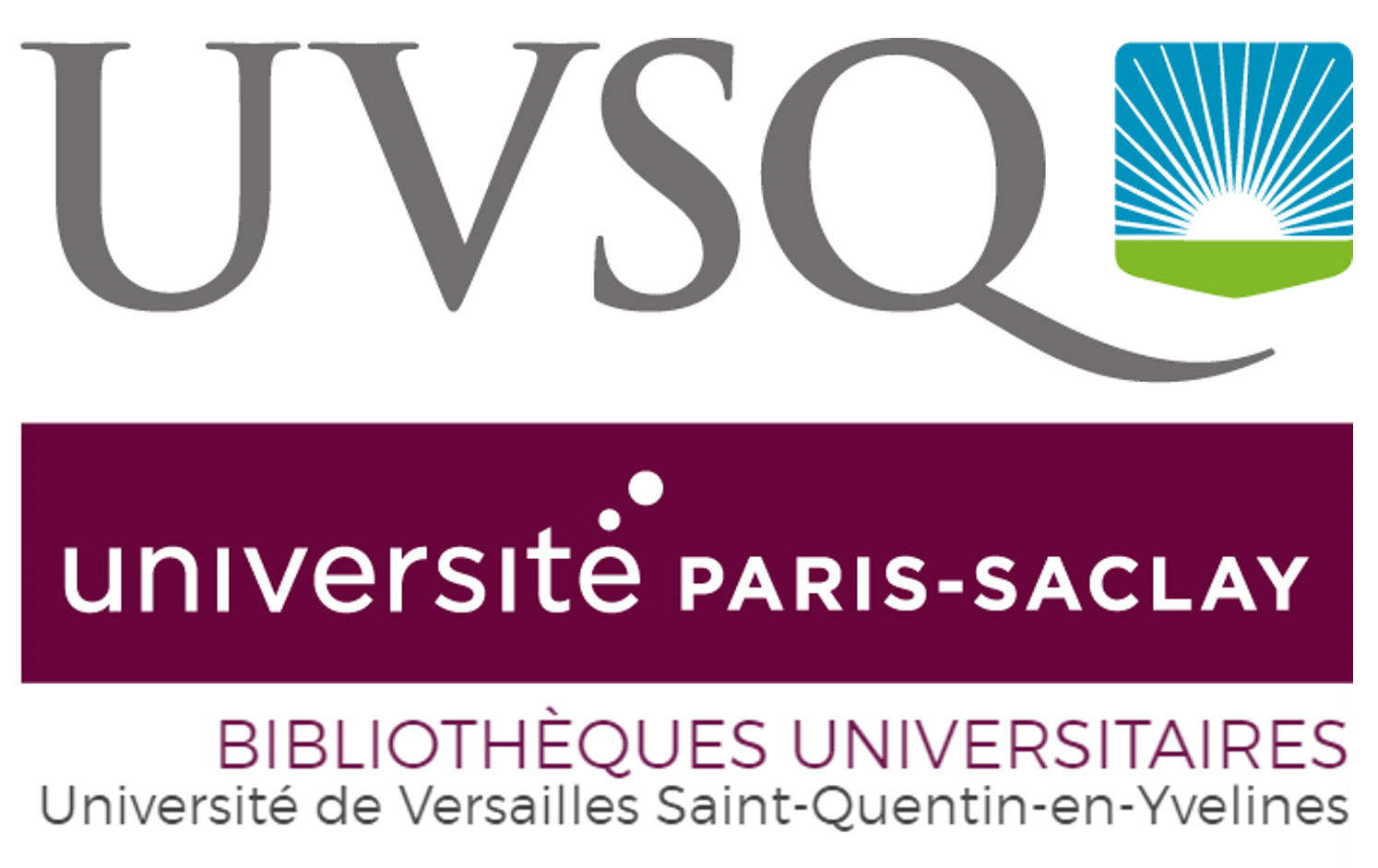Ion-driven organic chemistry for Titan-like atmospheres: Implications for N-dominated super-Earth exoplanets
Résumé
Characterizing temperate (200–1000 K) super-Earth atmospheres is one of the future challenges in exoplanetary science. One of the major difficulties comes from the ubiquity of aerosols in these objects, which complicates the spectroscopic analyses. The knowledge gained on the Solar System is then crucial to better understand the chemical processes of exoplanet atmospheres.
This work focuses on the impact of ion chemistry on molecular diversity in a specific Titan-like exoplanet atmosphere that would be dominated by molecular nitrogen. On the largest satellite of Saturn, Titan, ion chemistry is a major component of molecular growth that forms precursors for the observed photochemical organic hazes.
Based on an experimental approach, we irradiated a gaseous mixture representative of a Titan-like atmosphere (N2-dominated with CH4) using an extreme-uv photon source (16.8 eV). Trace amounts of water vapor were added to the composition of the Titan-type gas mixture to simulate an exoplanet in the habitable zone.
A wide variety of molecules and ions have been detected and they cannot all be identified based on our current knowledge of the organic chemistry of planetary atmospheres (mostly N- and C-based chemistry). The presence of even trace amounts of H2O significantly broadens the product distribution, and H3O+ is found to be the most abundant ion.
This work demonstrates the complexity of the chemistry within exoplanet atmospheres. Numerical models must consider oxygen chemistry and ion-molecule reactions in order to probe the habitability of a certain type of super-Earths. The abundance of H3O+ makes it a good candidate for future observations.
Domaines
Planète et Univers [physics]| Origine | Fichiers éditeurs autorisés sur une archive ouverte |
|---|



